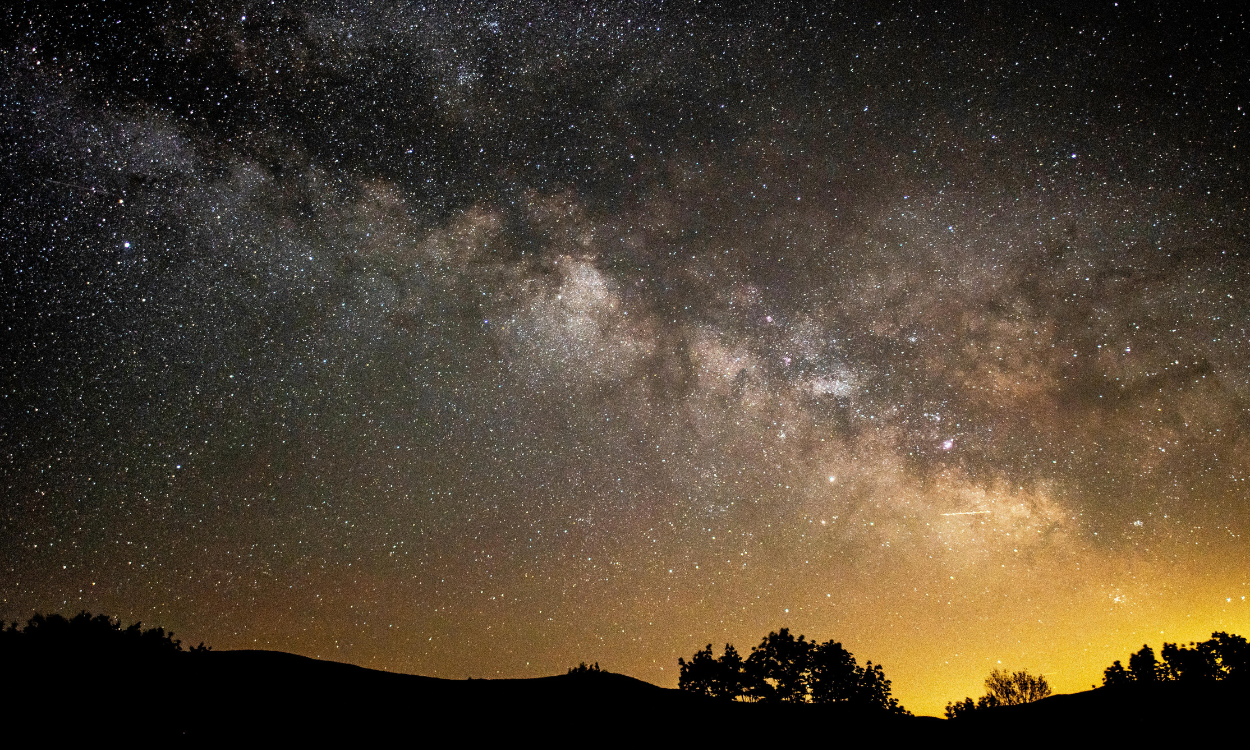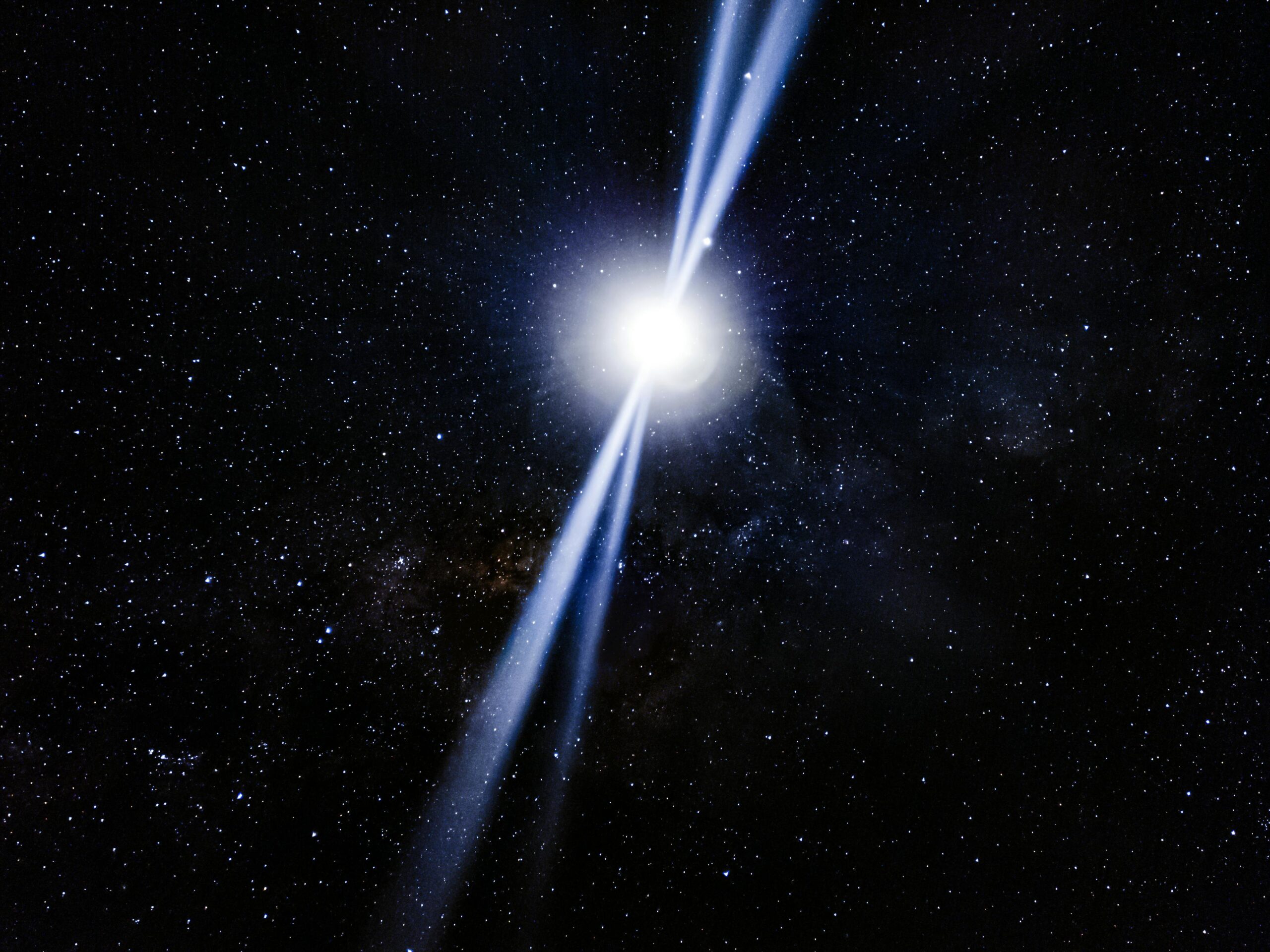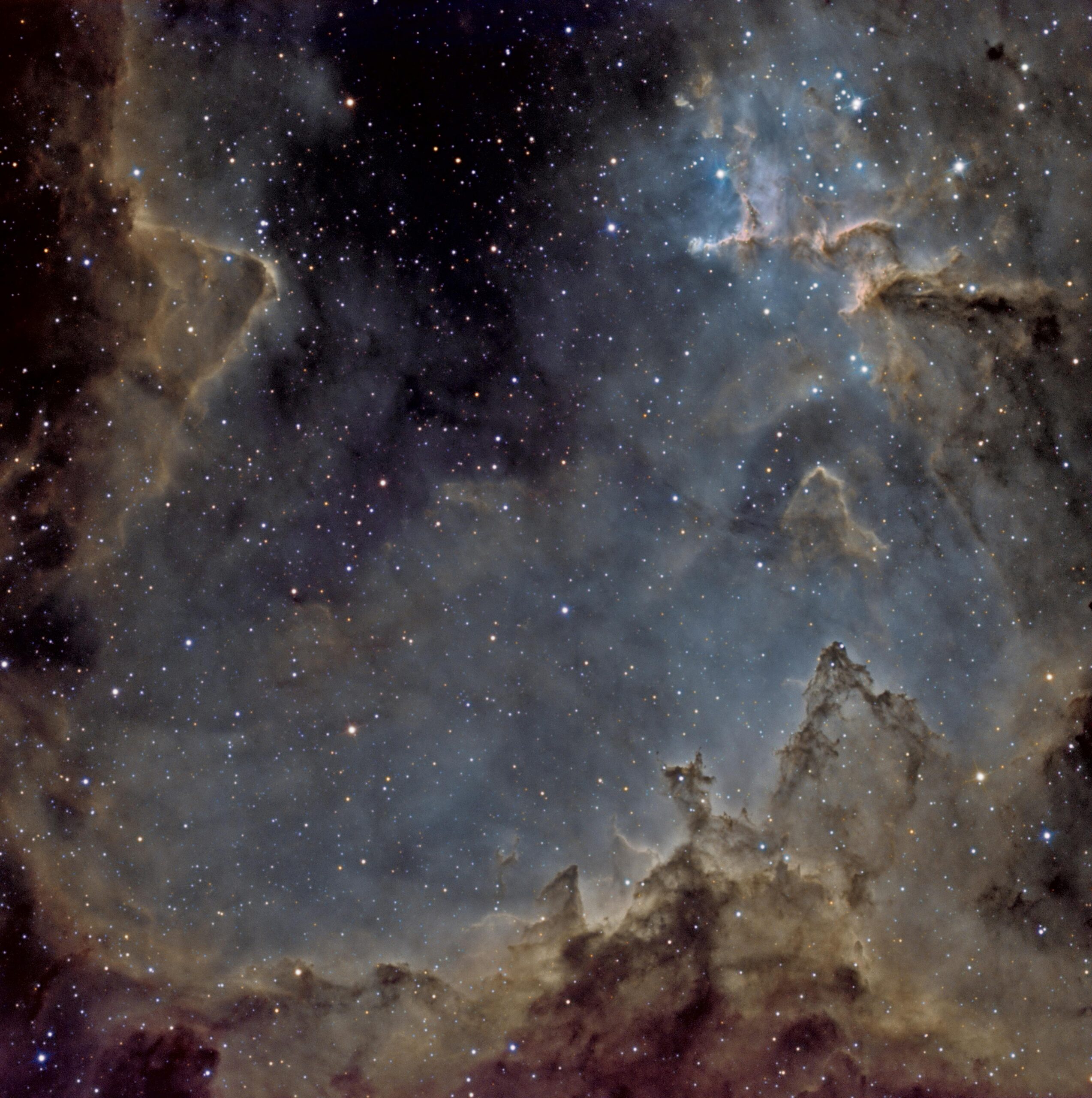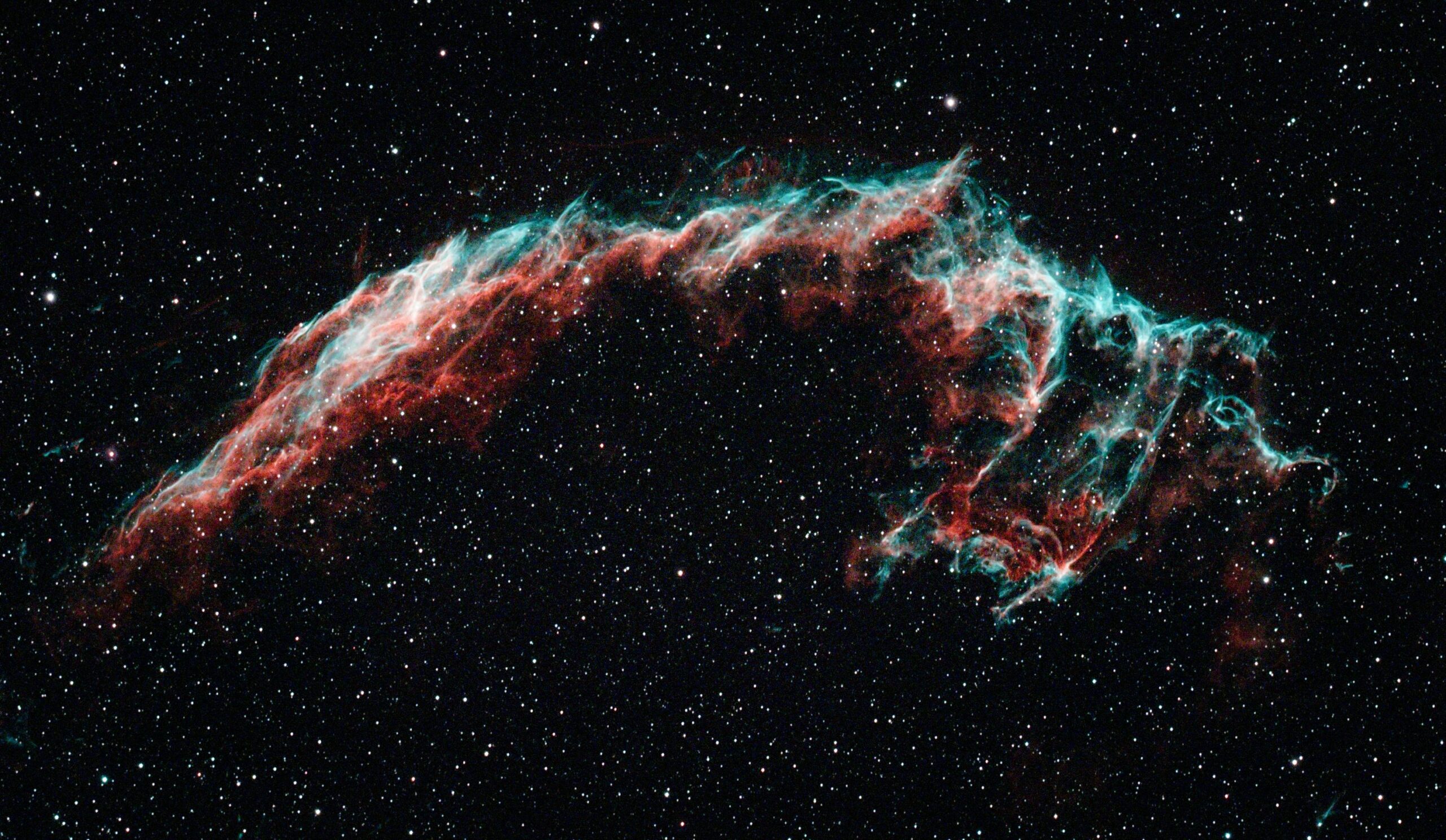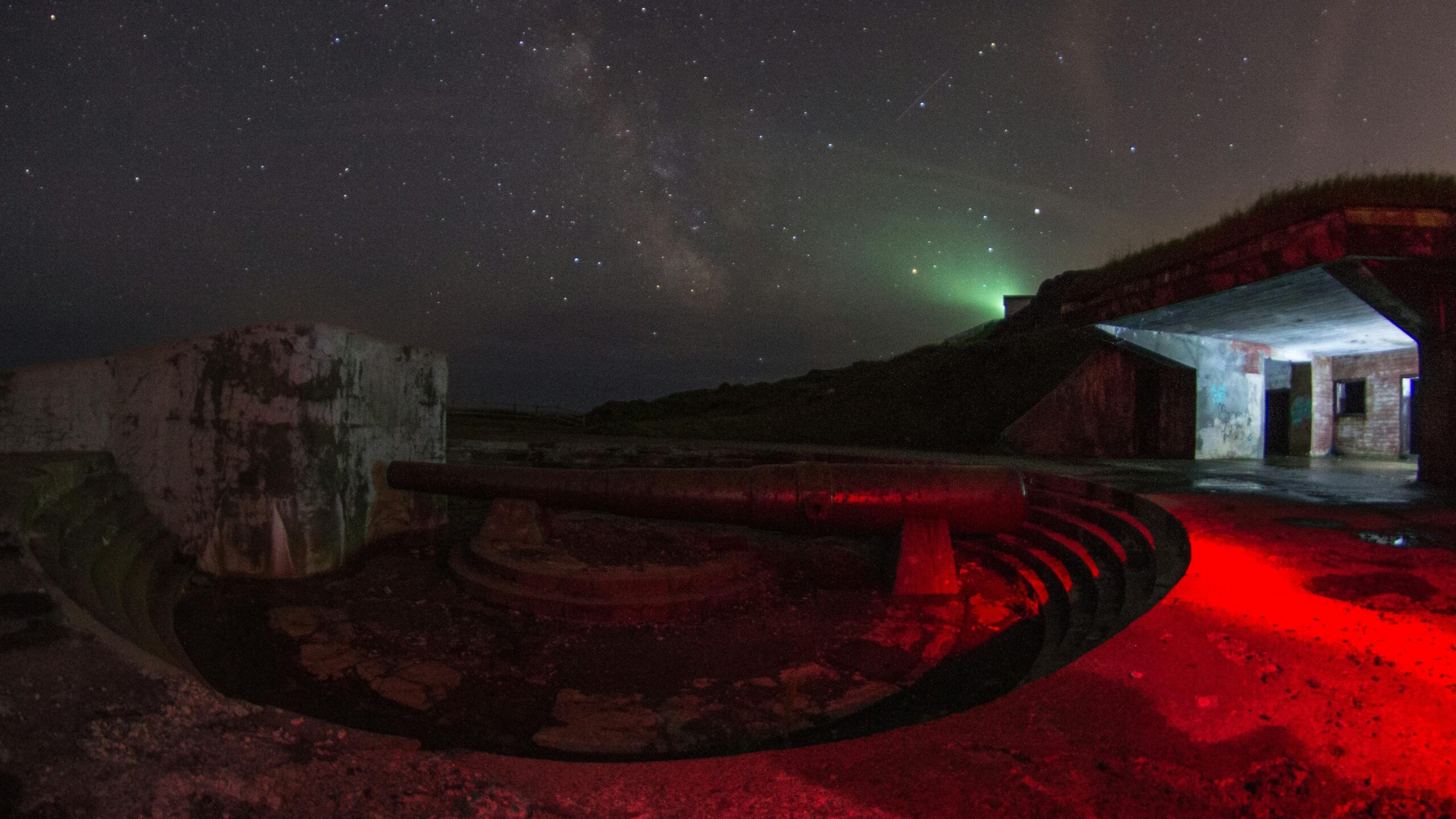In our rapidly urbanizing world, the once common sight of a star-filled night sky is becoming increasingly rare. For millions of people across the globe, the Milky Way, our galaxy, has all but vanished from view. The culprit? Light pollution—a growing environmental issue that not only dims our skies but also disrupts ecosystems, impacts human health, and severs our connection with the cosmos.
The Vanishing Milky Way
The Milky Way, a sprawling band of stars, dust, and gas that arches across the night sky, has been a source of wonder and inspiration for humans throughout history. Yet today, an estimated 80% of the world’s population lives under light-polluted skies, where the glow from artificial lights drowns out this celestial marvel. In densely populated urban areas, the situation is even more dire—nearly 99% of city dwellers in the United States and Europe are unable to see the Milky Way from their homes.
Light pollution comes in several forms, but the most pervasive is skyglow. This phenomenon occurs when artificial light from streetlights, buildings, and vehicles is scattered by particles in the atmosphere, creating a diffuse glow that obscures the stars. Skyglow not only dims our view of the Milky Way but also reduces the overall visibility of stars, with the faintest stars disappearing from view first.
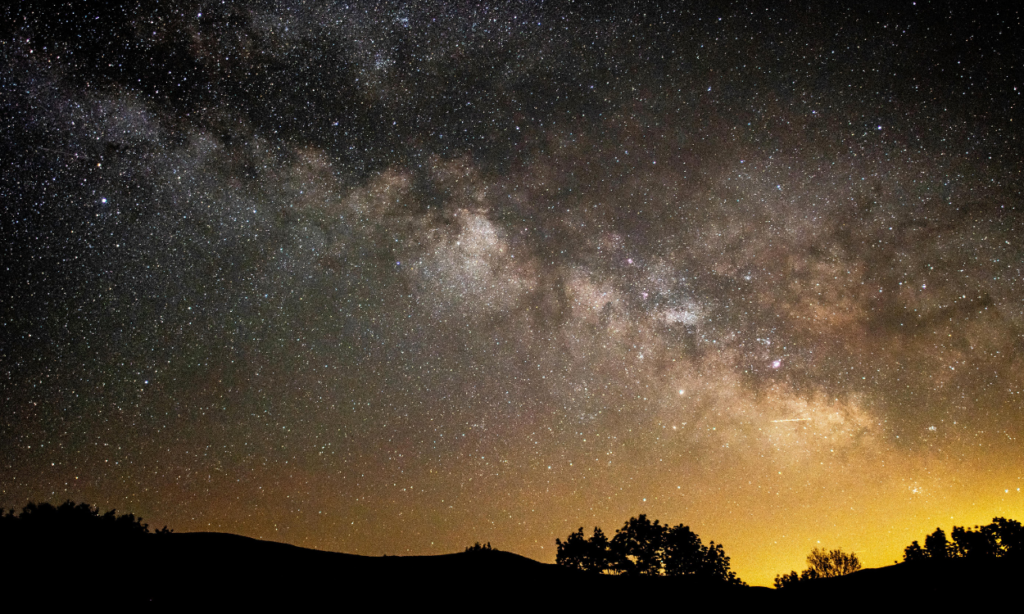
The Impact on Human Experience
The loss of the Milky Way and the reduction in visible stars have profound implications for the human experience. For most of human history, the night sky has been a source of navigation, storytelling, and scientific discovery. The stars have guided explorers, inspired myths, and fostered a sense of wonder and curiosity about our place in the universe.
However, light pollution has severed this connection for many people, particularly those living in urban environments. The inability to see the Milky Way or even a starry sky can lead to a diminished appreciation for the natural world and a loss of cultural heritage. The night sky, once a common sight, is now an experience reserved for those who can travel to remote areas, far from the lights of civilization.
This loss is not just cultural or aesthetic; it has psychological consequences as well. Studies have shown that exposure to nature, including the night sky, can reduce stress, improve mood, and enhance overall well-being. The disconnection from the night sky caused by light pollution may contribute to the growing sense of alienation from nature that many people experience in modern life.
Ecological Consequences
The effects of light pollution extend far beyond human experience; they also have significant ecological consequences. Many species rely on natural darkness to survive, and the artificial brightening of the night sky disrupts these natural processes.
For example, nocturnal animals such as owls, bats, and certain insects depend on the cover of darkness to hunt, mate, and avoid predators. Light pollution can alter their behavior, leading to decreased foraging efficiency, increased predation risk, and disruptions in reproductive cycles. This can have cascading effects throughout ecosystems, as changes in one species’ behavior can impact others.
Marine life is also affected by light pollution. Sea turtles, which have evolved to navigate by the light of the moon and stars, often become disoriented by artificial lights near beaches. This disorientation can lead hatchlings away from the ocean, reducing their chances of survival. Similarly, artificial lighting can interfere with the behavior of birds, insects, and other animals that use natural light cues for navigation and migration.
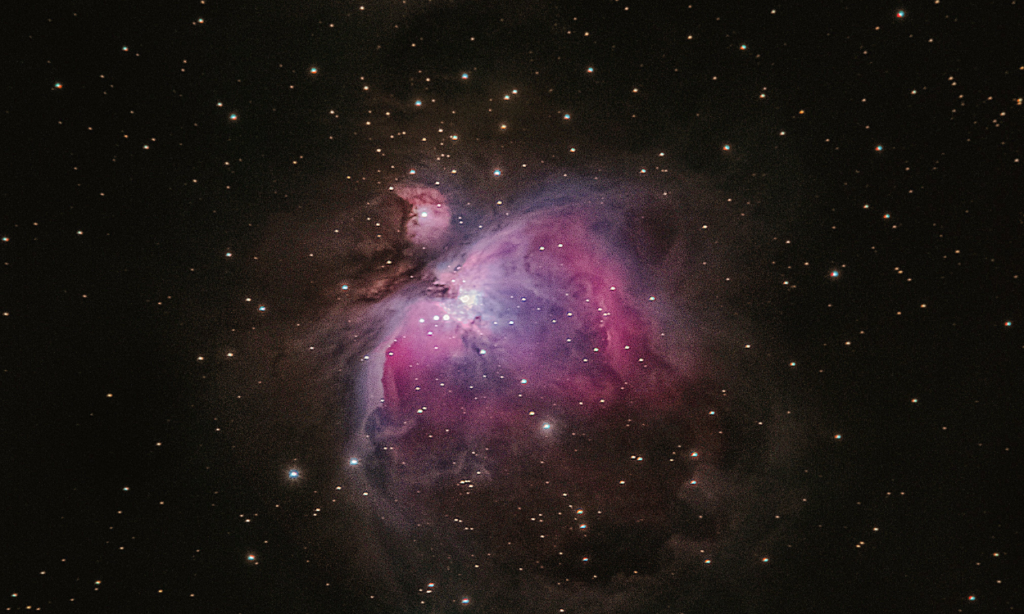
Astronomy Under Threat
For astronomers, both professional and amateur, light pollution is an ever-present challenge. The skyglow caused by artificial lighting makes it increasingly difficult to observe celestial objects, including the Milky Way. Even in areas far from cities, the glow of distant urban centers can interfere with observations, reducing the quality of data collected and hindering scientific research.
Dark sky observatories, which are located in remote areas with minimal light pollution, have become essential for astronomical research. However, these observatories are also under threat as urbanization continues to expand, and artificial lighting reaches even the most secluded locations. The loss of these dark skies not only hampers scientific discovery but also limits public access to the wonders of the universe.
Efforts to Combat Light Pollution
Recognizing the growing problem of light pollution, communities, organizations, and governments around the world are taking action to preserve dark skies. The International Dark-Sky Association (IDA) is one of the leading organizations in this effort, advocating for responsible outdoor lighting practices and promoting the designation of Dark Sky Places—areas where light pollution is minimized, and the night sky is protected.
Simple measures can make a significant difference in reducing light pollution. Shielded lighting fixtures that direct light downward, rather than allowing it to scatter into the sky, are one of the most effective solutions. Reducing the intensity of outdoor lights, using warmer-colored bulbs, and turning off unnecessary lighting at night can also help preserve the night sky.
Many cities and communities have begun to implement “dark sky” initiatives, aiming to reduce light pollution through better lighting design and public education. These efforts not only benefit the environment and human health but also help restore the night sky as a shared natural resource for all to enjoy.
Conclusion
The disappearance of the Milky Way from our skies is a poignant reminder of the far-reaching impacts of light pollution. As artificial lights continue to encroach on the night, the stars and celestial wonders that have inspired humanity for millennia are fading from view. Yet, by raising awareness and adopting responsible lighting practices, we can reclaim the night sky and ensure that future generations can experience the beauty and wonder of the Milky Way.
The fight against light pollution is not just about preserving the ability to see the stars; it is about protecting the intricate balance of life on Earth, maintaining our connection to nature, and safeguarding our cultural and scientific heritage. By taking action today, we can bring back the stars and restore the night to its rightful place in our lives.

